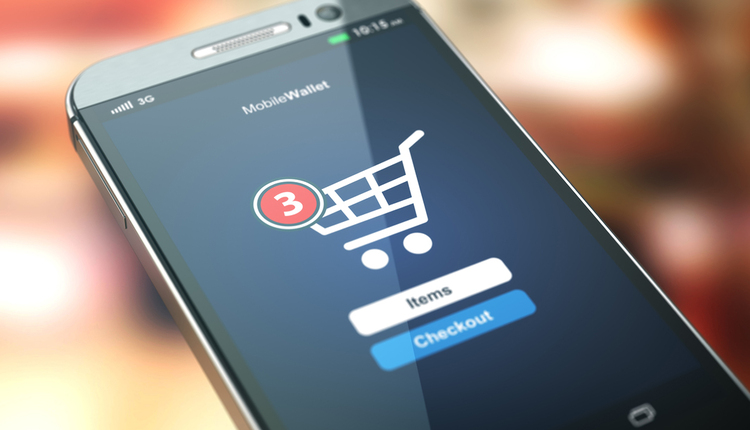It’s 2034, and I just made a trip back to 2014. I can’t believe that we used gasoline to run our delivery trucks back then. There also seems to be a lot of “manual” labor that is used in the distribution of parcels. There are a couple of things that are still common…Amazon was around in 2014 but is the largest delivery company in the world now. FedEx, UPS, DHL and the USPS are still around and do a good job but are much smaller than Amazon. So what happened?
It appears that Amazon was a future-thinking company and was keen on getting closer to the customer. It has developed a distribution network that allowed it to create its own delivery network and capitalized on the e-commerce platform. In 2034, it offers a valet delivery service based on when the consumer wants the parcel… it has learned how to offer convenience to the buyer in receiving their goods. It has also partnered with local delivery companies that cover areas that it cannot effectively do with its own fleet (and all of the vehicles are electric).
The last 20 years have also changed the ways e-commerce is conducted. The world is smaller and anyone in the world can ship a product to anywhere in a couple of days; DHL seems to be the big winner here. As the savvy buyer has learned, they don’t care where the product comes from but want a good price point and quick delivery. By the way, the world now offers “free shipping,” which we all know does not exist. There are two distinct e-commerce models that have developed over the past 20 years: the Near Shipping Model (Amazon) and the Global Shipping Model (rest of world). In the global shipping model, there are sophisticated apps that allow the buyer to speak into their phones and search for the best total landed price. All the buyer needs to do now is say “buy” and the phone does all of the work. The buyer gets updates based on pre-set preferences and has an expectation of when they will receive their purchases. If they do not have a good experience, the seller takes a performance hit on a rating system and will be banned if they don’t keep a 98%+ rating.
The standards in 2034 are much higher than 2014. The new buyer has high expectations and will not settle for anything less. The parcel companies have learned to overcome natural disasters, bad weather, political unrest and anything the world throws at them. The old “service exceptions” list does not exist anymore. It was on-time or late… no grey area.
Well, I need to get back to 2034. We have come a long way since 2014. As a shipper or delivery provider, start to think how you can re-invent yourself for the future. The world is changing rapidly and the winners will be ahead of their customers.
Michael J. Ryan is the Executive Vice President –Parcel Solutions at Pro Star Logistics and has over 25 years of experience in the parcel industry. He can be reached at 708.224.1498 or michael.ryan@prostar.com
It appears that Amazon was a future-thinking company and was keen on getting closer to the customer. It has developed a distribution network that allowed it to create its own delivery network and capitalized on the e-commerce platform. In 2034, it offers a valet delivery service based on when the consumer wants the parcel… it has learned how to offer convenience to the buyer in receiving their goods. It has also partnered with local delivery companies that cover areas that it cannot effectively do with its own fleet (and all of the vehicles are electric).
The last 20 years have also changed the ways e-commerce is conducted. The world is smaller and anyone in the world can ship a product to anywhere in a couple of days; DHL seems to be the big winner here. As the savvy buyer has learned, they don’t care where the product comes from but want a good price point and quick delivery. By the way, the world now offers “free shipping,” which we all know does not exist. There are two distinct e-commerce models that have developed over the past 20 years: the Near Shipping Model (Amazon) and the Global Shipping Model (rest of world). In the global shipping model, there are sophisticated apps that allow the buyer to speak into their phones and search for the best total landed price. All the buyer needs to do now is say “buy” and the phone does all of the work. The buyer gets updates based on pre-set preferences and has an expectation of when they will receive their purchases. If they do not have a good experience, the seller takes a performance hit on a rating system and will be banned if they don’t keep a 98%+ rating.
The standards in 2034 are much higher than 2014. The new buyer has high expectations and will not settle for anything less. The parcel companies have learned to overcome natural disasters, bad weather, political unrest and anything the world throws at them. The old “service exceptions” list does not exist anymore. It was on-time or late… no grey area.
Well, I need to get back to 2034. We have come a long way since 2014. As a shipper or delivery provider, start to think how you can re-invent yourself for the future. The world is changing rapidly and the winners will be ahead of their customers.
Michael J. Ryan is the Executive Vice President –Parcel Solutions at Pro Star Logistics and has over 25 years of experience in the parcel industry. He can be reached at 708.224.1498 or michael.ryan@prostar.com








